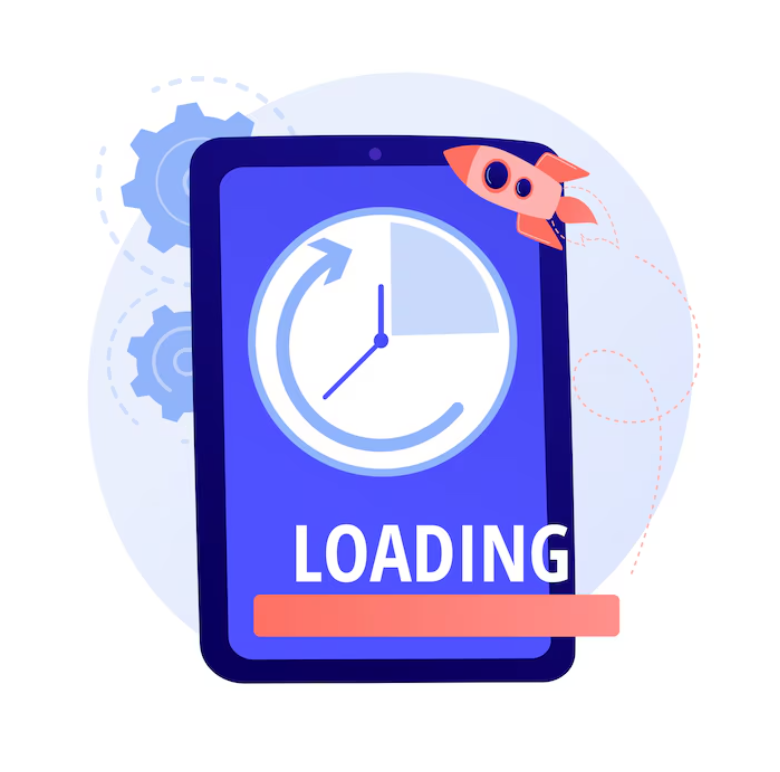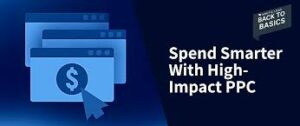For an e-commerce business, every second counts—literally. A website’s loading speed is a key determinant of user experience, engagement, and ultimately, conversion rates. When shoppers browse online stores, the time it takes for a page to load can mean the difference between a sale and an abandoned cart.
Web page loading speed refers to the time it takes for the content of a webpage to fully appear on a user’s screen after they click on a link or type in a URL. This includes all elements, such as text, images, videos, and interactive features, becoming fully functional. Speed is typically measured in seconds, and in e-commerce, even a fraction of a second can have a significant impact.
Importance of Speed in E-commerce
In e-commerce, user attention is fleeting. Research shows that if a page takes longer than 3 seconds to load, 53% of mobile users will abandon the site . This is particularly concerning for e-commerce businesses, where every visit has the potential to generate revenue. The faster a site loads, the better the user experience, leading to higher engagement, more conversions, and better sales figures.
The Relationship Between Loading Speed and User Experience
First Impressions Matter
First impressions matter in all aspects of life, and web design is no exception. A user’s first experience with an e-commerce site is shaped by how quickly the site loads. If the page lags, even by just a couple of seconds, it creates a negative first impression. Slow load times make the site seem unreliable or outdated, leading potential customers to quickly move on to competitors who offer faster, more efficient browsing.
User Engagement and Retention
Page speed not only impacts first impressions but also plays a crucial role in keeping users engaged. When a website loads quickly, users are more likely to stay longer, browse more products, and eventually make a purchase. Conversely, a slow site frustrates users, decreasing engagement and leading to higher bounce rates. Consistent loading delays can also impact customer retention—shoppers are less likely to return to a site where they had a poor experience, ultimately reducing customer lifetime value.
The Role of Mobile Responsiveness
With mobile commerce (m-commerce) growing rapidly, it’s essential for e-commerce websites to be optimized for mobile devices. Mobile responsiveness refers to how well a website adapts to different screen sizes and functionalities. Loading speed is even more crucial on mobile devices, as mobile users often have shorter attention spans and higher expectations for speed. According to Google, 70% of mobile users report abandoning slow-loading pages . Ensuring a fast, seamless mobile experience can drastically improve engagement and conversion rates.
Impact of Loading Speed on Conversion Rates
Statistical Insights: Speed vs. Conversions
There is a direct correlation between loading speed and conversion rates in e-commerce. Studies show that for every additional second a page takes to load, conversion rates drop by 4.42% . This means that even a slight delay can significantly impact your sales. A page that loads in 1 second has a conversion rate of about 3.05%, while a page that takes 5 seconds to load sees a drastic decrease in conversion, dropping to 1.08%.
Case Studies of E-commerce Sites
Let’s look at some real-world examples. Amazon, the e-commerce giant, reported that a page load slowdown of just one second could cost them $1.6 billion in sales each year . Similarly, Walmart saw a 2% increase in conversion rates for every 1-second improvement in page load time. These case studies clearly show how page speed directly influences a company’s bottom line.
Factors Influencing Conversion Rates
Several factors contribute to this relationship between speed and conversions. One primary factor is user expectations. With fast internet speeds widely available, users have become accustomed to near-instantaneous loading times. Any delay, even milliseconds, can trigger frustration. Additionally, loading speed impacts user trust—if a site loads slowly, it appears less professional, making users hesitant to input payment information or complete a transaction.
Financial Implications of Loading Speed
Revenue Loss Estimates
Slow loading times can result in significant revenue losses. A report by Google suggests that an e-commerce site with a 3-second delay can lose up to 40% of potential customers . To put this in perspective, if your site generates $100,000 per month, a 1-second delay could cost you $2,500 in lost sales monthly, or $30,000 annually.
Cost-Benefit Analysis of Speed Improvement
Investing in improving your site’s speed may seem costly, but the long-term benefits far outweigh the expenses. Speed optimization efforts, such as compressing images or using a Content Delivery Network (CDN), typically involve upfront costs, but the resulting increase in conversions and revenue can cover these costs in a short time. A fast website not only boosts sales but also enhances customer satisfaction, leading to higher retention rates and more repeat purchases.
Long-term Financial Impact on Customer Loyalty
Customer loyalty is closely tied to user experience. When a website consistently delivers a fast, smooth shopping experience, customers are more likely to return, increasing their lifetime value. Conversely, slow speeds lead to frustration and distrust, driving customers to competitors. The long-term financial impact of poor loading speeds extends beyond immediate sales losses—over time, slow websites erode brand loyalty and diminish customer retention.
Strategies for Improving Web Page Loading Speed
Technical Solutions: Compression and Optimization
One of the most effective ways to improve loading speed is to compress and optimize website elements. Large images and videos can slow down load times significantly. Using tools to compress these files without sacrificing quality can drastically improve performance. Additionally, enabling browser caching allows users to store elements of your website on their device, so the site loads faster on subsequent visits.
Content Delivery Networks (CDNs) and Hosting Choices
A Content Delivery Network (CDN) is another essential tool for optimizing speed. CDNs distribute your website’s content across multiple servers around the world, ensuring that users can load your site from a server that is geographically close to them. Choosing a reliable hosting provider that offers robust speed capabilities is also critical for maintaining fast load times.
Monitoring and Continuous Improvement Techniques
Improving web page loading speed is not a one-time effort—it requires continuous monitoring and tweaking. Tools like Google PageSpeed Insights can help you identify areas for improvement, while heatmaps can show where users are engaging with your site the most. Regularly monitoring your site’s speed and making adjustments based on real-time data will ensure a consistently fast user experience.
Summary of Key Findings
Throughout this article, we’ve seen how important web page loading speed is to the success of an e-commerce business. Faster websites lead to better user experiences, higher engagement, increased conversion rates, and ultimately more revenue. On the other hand, slow loading times result in lost sales, diminished customer loyalty, and long-term financial losses.
For e-commerce businesses, investing in web page speed is not just about providing a better user experience—it’s about protecting your bottom line. A fast, well-optimized website builds trust, engages customers, and drives sales. To stay competitive in the digital marketplace, focus on making speed optimization a priority.
GET IN TOUCH
Ready to improve your website’s performance and increase conversions for a flawless e-commerce experience. Let’s help you turn speed into sales!






